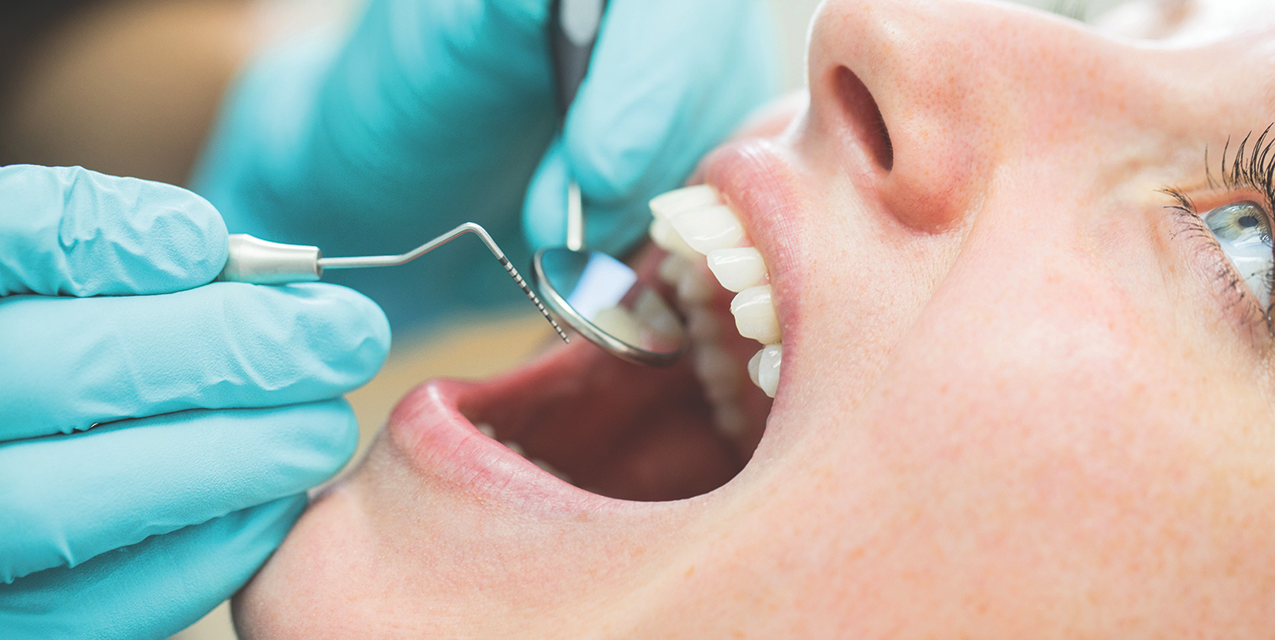The National Institute of Dental and Craniofacial Research estimates that about 54,000 cases occur in the U.S. each year. Since the mouth is comprised of many different types of cells, there are various forms of oral cancer, and each depends on which cells are affected.
Squamous cell carcinoma. Memorial Sloan Kettering Cancer Center says squamous cell carcinomas account for 90 percent of all oral cancers. Squamous cells are thin, flat, and make up the tissues that form the surface of the skin. They’re also found in the respiratory and digestive tracts, and hollow body organ lining.
Verrucous carcinoma. This is slow-growing very rare subtype of squamous cell carcinoma that accounts for only 5 percent of oral cavity tumors.
Oral melanoma. Melanomas develop in melanin, the pigment-producing cells that color the skin. Melanoma can occur anywhere on the skin, including inside the nose or mouth.
Lymphoma. Oral cancers also can affect lymphoid tissue found in the base of the tongue and in the tonsils.
Most mouth cancers are squamous cells, but are further classified depending on the exact location where it begins, such as the inner cheek tissue, gums, mouth floor, and hard palate of the roof of the mouth. Oral cancers can also affect the lips, tongue, and jaw. Often dentists, who should inspect the mouth twice per year, are the ideal health professionals to detect oral cancers early on. Any abnormality in the mouth should be examined and addressed by a doctor. Risk factors for developing mouth cancers include smoking, drinking alcohol, using other tobacco products like chewing tobacco, and exposure to sunlight.
Individuals should be cognizant of oral cancers. Though they are not as prevalent as other forms of the disease, they still pose a threat, especially when they are not detected in their earliest stages. Learn more about state-of-the-art oral cancer treatment at Erie County Medical Center at https://tinyurl.com/2vjhn7ct or call 716-898-1461.












